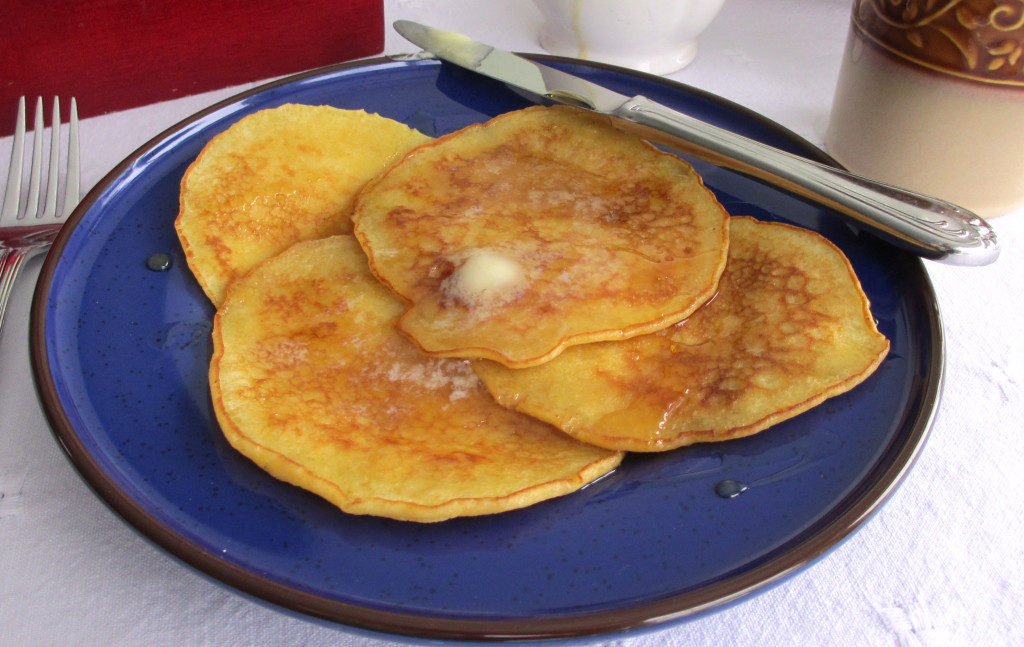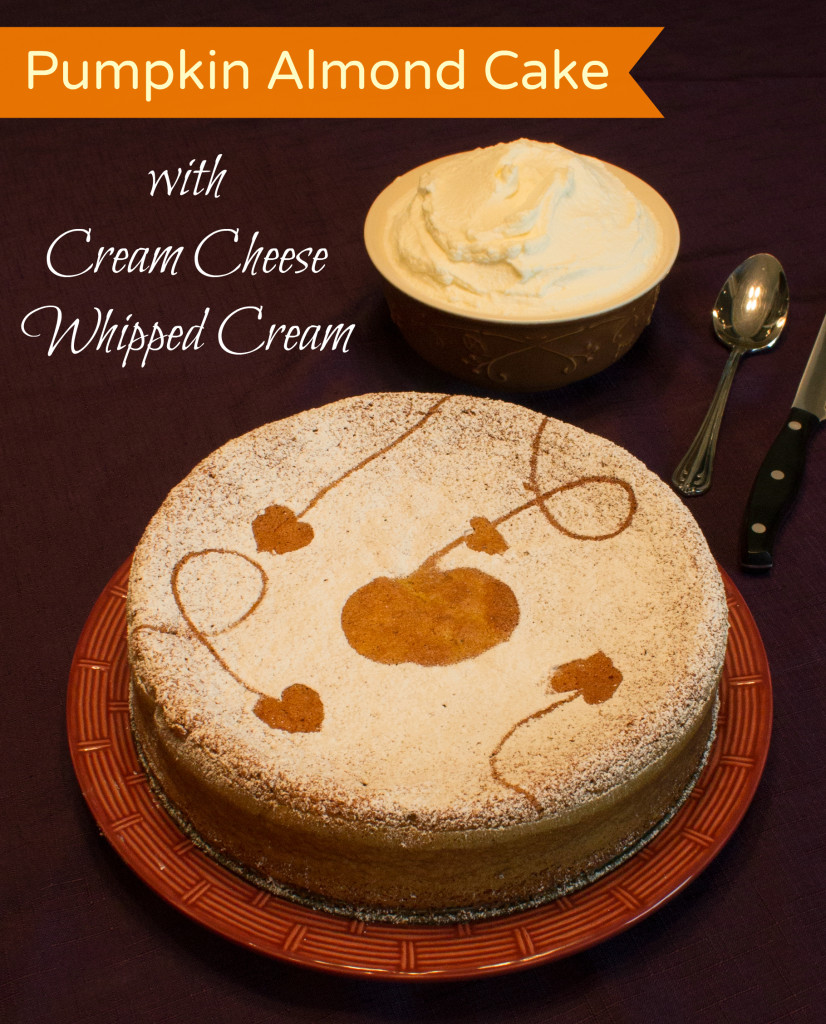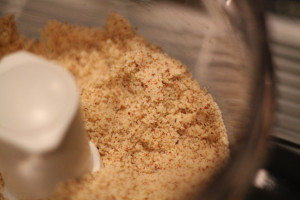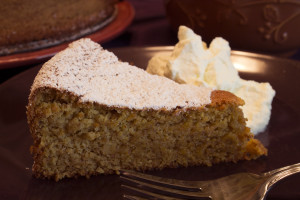
Some supporters of GMOs want to frame the labeling issue as a debate between science-minded types who want to move agriculture forward VS fearful non-scientific speculators who want to label foods without reason.
This is a deliberate deception and couldn’t be more wrong. According to the scientific facts, here are…
5 Important Scientific Reasons Why GMO Foods Should Be Labeled
1. Restrictions on Scientific Discovery & Funding
“In my 30 years as a public scientist, there’s been a dramatic erosion of public funding. And that makes science more dependent on private funding”. – Elson Shields (Entomologist/Scientist at Cornell University)
Objective scientific research is being extremely inhibited by legal provisions which lead to these foods being offered for sale without independent scientific testing. The testing of GMO foods is generally only permitted after the foods are fully approved for sale to consumers. So whatever knowledge we have about their safety is generally coming directly from the seed producers themselves, who have a clear conflict of interest in terms of seeking the truth about the real safety of their products for human consumption. While independent study at universities is increasingly permitted by manufacturers, their influence on our schools is powerful and growing. And their influence on government agencies has been widely chronicled; the data shows that the US FDA and USDA have approved 25 GMO varieties and counting, and I have been unable to find record of a single GMO food they have rejected.
2. Negative Impacts on Biodiversity Caused by GMOs
“Genetic diversity and farmers’ knowledge are the basis of farming; but as corporate seed and chemicals increasingly replace farmers’ own ingenuity, they are now seen as mere customers. What was once agriculture is increasingly becoming agribusiness ”. – Teresa Anderson (Gaia Foundation’s International Advocacy co-ordinator)
The need for genetic diversity in our ecosystem is well-established. Genetically-engineered crops are reducing overall biodiversity in at least three different ways:
- By narrowing the diversity in crop lines by requiring each year’s seed to be provided by the seed-producing corporation, instead of allowing farmers to save and replant seeds;
- By resisting resisting and allowing heavy and repeated herbicide applications, leaving fields generally clean other than the herbicide-resistant crops (this creates a homogeneous ecosystem which is less supportive of species such as the Monarch Butterfly which has seen drastic population declines and relies on the dramatically declining milkweed plant to support its eggs and caterpillars); and/or
- By directing extensive use of chemicals which kill microorganisms in the plants’ environments (Glyphosate a.k.a. RoundUp (R) was originally patented as a chelator not an herbicide, which means it binds and restricts free minerals thus interfering with many different lifeforms not just plants; as a result many beneficial bacteria are susceptible to it).
3. Increased Environmental Exposure to Harmful Chemicals in Our Communities
“EWG has determined that 487 elementary schools across America are within 200 feet of a corn or soybean field. This finding is alarming because young children are especially vulnerable to the toxic herbicide 2,4-D in Dow AgroSciences’ Enlist DuoTM, a weed killer mixture that is awaiting governmental approval for widespread use on new varieties of genetically engineered corn and soybeans ”. – Soren Rundquist (Landscape and Remote Sensing Analyst at Environmental Work Group/EWG)
Our health is impacted not just by the food we eat but by farming practices in our communities. The Environmental Working Group published research stating that over 480 elementary schools are within 200 feet of corn and soybean fields. This is important because Dow Chemical states that its new herbicide mixture Enlist Duo TM can travel 200 feet beyond fields even when applied properly.
4. Growing Chemical Toxicity Causing Herbicide-Resistant Weeds
“Resistant weeds have become a major problem for many farmers reliant on GE crops, and are now driving up the volume of herbicide needed each year by about 25 percent.” – Dr. Charles Benbrook (PhD)
The experiment of herbicide-resistant GMOs has proven to also create herbicide-resistant weeds, which in turn require stronger herbicides carrying additional uncertainty for our health. I spoke with retired senior EPA scientist Ray Seidler who explained that it used to be typical for just 2-3 chemical applications to be needed to get a crop to market, and now it is not uncommon to require 10-12 applications. The health effects of these chemicals are well known and have been extensively studied. The science basically supports minimizing our exposure both through the food we ingest and the farming practices around us. This makes the above statement about 487 elementary schools potentially being exposed to harmful chemicals even more concerning.
5. Enabling Study of Personal Hypotheses
Families who are experiencing health issues often need to form and test different hypotheses to find the root cause of health issues. To consider all options, a variety of elimination diets may be necessary, including removing GMO foods to observe the health effects of this change. The FDA reviews new GMO foods looking for possible allergens, but as explained in this National Geographic article, the process of altering DNA is very capable of introducing new allergens, which are impossible to fully predict, understand, and test.
Will You Support Mandatory Labeling of Genetically-Engineered Foods?
For those of us (the majority) who want to know which foods are made with genetically-modified organisms, there are valid scientific reasons why GMO foods are not the same as conventional foods, and why we have a right to know which foods these are. Let’s not throw out the window the millennia of agricultural and scientific study, in our haste to adopt new organisms and farming practices which, relative to traditional agriculture, are largely unproven.
I urge voters to support labeling of genetically modified foods, and to prove that no amount of advertising funds can sway an educated public from the information we demand for our health and the health of our planet.
Knowledge is Power: Corporations Against GMO Labeling
Having the ability to know exactly what is in our food and how it is grown, gives us the power to choose healthier/safer food for our families to consume. It also gives us the ability as parents to instill better eating habits in our kids.
To me, some extremely compelling data on this issue are the records of campaign donations, documented here by the Oregonian in a map format together with line-item detail. At the time of publishing this post, corporations opposed to Oregon’s Measure 92 have donated over 18 million dollars to their campaign (a state record), while individuals supporting that same side have contributed just $785, which is 0.0% of the total.

I strongly support Oregon Measure 92, which would give us the right to know which foods contain genetically-engineered ingredients.
Thank you for reading, and for being a thoughtful science-minded voter. I welcome your comments.


















